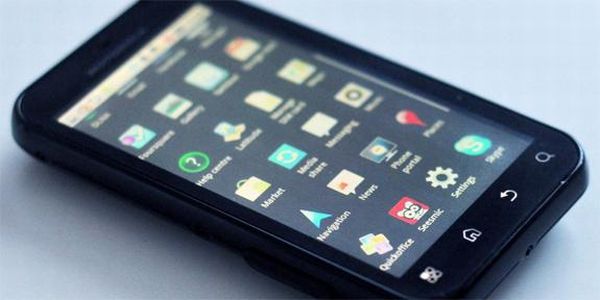
The onslaught of cheap handsets over the last few months might have some of you drooling. Many tech trend watchers are curious whether this will be the next big thing as buyers focus on the features and services they want and stop paying for the fancier and pricier super phones. The excitement of getting your hands on a sub $100 Android phone might blind you to some of the drawbacks that these phones come with. Here is a look at things you should know before you buy a sub-$100 Android phone.1. Mid-range is mid-range
Most of the phones being launched in the sub $100 range are positioned as mid-range phones both in terms of price, as well as features and build quality. This means you are not going to get the same quality of performance as you would on the higher end phones. These are also priced in a way to catch your attention, distracting you from the fact that there are other makes and models that provide higher end features and performance for a marginally higher cost. From certain perspectives, the mid-range seems to be more of a market-building exercise than a value generating proposition.
2. Screen size and display quality
The most obvious sacrifice that manufacturers are making on the sub $100 phones is on the screen size and the image resolutions being offered. With 4.3 inches becoming a benchmark for the newer phones, this becomes a major issue in the mid-range segment. These phones are mostly shipping with 3.2 inches of HVGA display. The H in the HVGA stands for half size VGA, which means you get a display resolution that a third of what you get on a similar sized display in higher end models.
3. Processor speed
This is an area that you might not pay much attention to since you might have already accepted that you will get a slower processor at this price point. The trouble arises when you try to load all the apps that you need, and with the newer apps that take a higher clock speed for granted. This becomes especially apparent with the graphics-intensive games apps. Unless you are tech savvy enough to keep your processor usage at a minimum for apps that run in the background or are comfortable overclocking your processor, you might find yourself a little constrained with the computing power in these mid-ranges. However, if your phone usage is limited to basic apps and voice and data transfers, you might not need to worry about this as most of these phones come with 600 MHz speeds which is more than enough for basic functions.
4. Cameras
The mid-ranges have cameras that are mostly in the three to five megapixel range. While this may sound okay for a cheap phone, it is unlikely that the image sensor or the image processing software that runs the camera will be of very high quality. This is one area that most of the sub $100 Android phone manufacturers have skimped on. So if you are looking for a cheap phone with a powerful camera feature, you might be in for a disappointment.
5. Contracts
Most of the pricing strategies for these phones are linked to a post paid contract. While the initial price might look attractive, you will want to weigh that against the long term cost implication of being on a particular plan. This becomes more important if the plans being offered are not in sync with your usage pattern.
The sub $100 Android phones are here to stay and will surely make a dent in the market, but they will do so in an upfront manner. These phones are either priced this way because they come with a carrier contract or because they come without the performance or quality of the higher end phones. With price point emerging as the new battlefield for phone manufacturers, you may be pleasantly surprised to find that slightly older high end models are now available for prices that are sub-100 too. However, if you are considering buying one of the newer sub $100 Android phones, you will do well to keep these points in mind before closing your deal.
